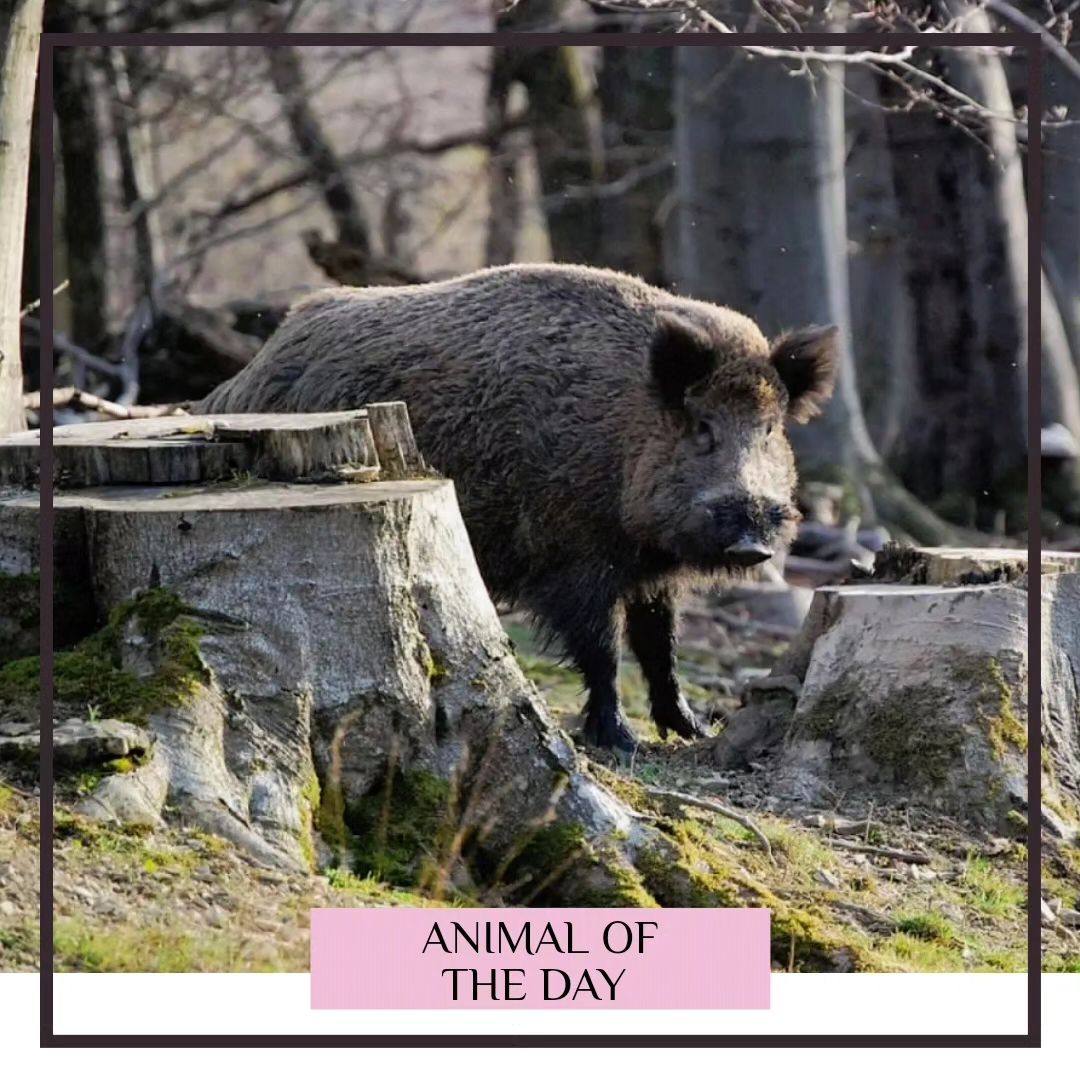– The wide-ranging habitats and ecological adaptations of wild boar
– Impact of wild boar on ecosystems and human activities
– Conservation status and challenges facing wild boar populations
– The relationship between wild boar and domestic pigs
Wild boar (Sus scrofa) is a testament to mammals’ adaptability and resilience. Their extensive distribution across much of Eurasia and North Africa, combined with their presence in various introduced ranges, underlines a remarkable narrative of survival and proliferation. This species, assessed as of least concern by the IUCN Red List, demonstrates exceptional adaptability to diverse habitats and high reproductive potential, contributing to its broad geographical spread and status as an invasive species in certain regions.
Understanding the ecological adaptability of wild boars requires a deep dive into their habitat preferences and behavioral traits. Wild boar are known for their versatility in habitat choice, thriving in environments ranging from dense forests and marshlands to agricultural areas. This adaptability is partly attributable to their omnivorous diet, which allows them to consume various food sources, from roots and fruits to small mammals and carrion. The ability of wild boars to alter their behavior in response to environmental pressures, including human encroachment, also plays a crucial role in their survival and expansion.
The impact of wild boar on ecosystems and human activities is a subject of increasing research interest and concern. Wild boar can play a significant role in ecosystem dynamics in their natural habitats, contributing to seed dispersal and controlling insect and small mammal populations. However, in areas where they have been introduced or where their populations have become overly abundant, they can cause significant damage. This includes crop destruction, soil erosion due to their rooting behavior, and the potential for road accidents. Furthermore, wild boars can act as vectors for diseases affecting livestock, wildlife, and humans, adding complexity to their management and control.
Conservation efforts for wild boar face a dual challenge: protecting their populations and genetic diversity in their native range while controlling their numbers and impact in areas considered invasive. Effective management strategies require a comprehensive understanding of their ecological role, reproductive biology, and interactions with other species, including humans. Here, the relationship between wild boar and domestic pigs comes into sharp focus, highlighting issues of hybridization and disease transmission that can affect conservation and agricultural practices. The ancestry of most domestic pig breeds can be traced back to wild boar, illustrating a long history of human-wildlife interaction that has shaped the genetic landscape of these animals.
In light of their wide-ranging impact, strategies for managing and conserving wild boar populations must be informed by rigorous scientific research and involve a multidimensional approach. This includes habitat management to minimize human-wildlife conflict, measures to prevent disease spread and policies that balance the ecological benefits of wild boars with the need to protect agricultural interests and biodiversity. Public education and stakeholder engagement are essential in achieving sustainable outcomes and fostering a shared understanding of complex dynamics.
The narrative of the wild boar, from its evolutionary roots to its modern-day challenges, embodies the intricate relationships between species and their environments. Fostering informed, nuanced approaches to wildlife management and conservation requires acknowledging the capabilities and impact of this formidable mammal. As we advance in understanding ecological interactions and the needs of both human and wildlife communities, the wild boar story serves as a compelling chapter in the broader dialogue on biodiversity conservation and sustainable living.
*****
Source Description
WILD BOAR🐗
The Wild boar (Sus scrofa) is a suid native to much of Eurasia and North Africa. The species is now one of the widest-ranging mammals in the world and the most widespread uniform. It has been assessed as the least concern on the IUCN Red List due to its wide range, high numbers, and adaptability to diverse habitats. It has become an invasive species in part of its introduced range. The Wild boar has a long history of association with humans, having been the ancestor of most domestic pig breeds and a big-game animal for millennia.
POPULATION SIZE: UNKNOWN
LIFE SPAN: 2-27 YEARS
TOP SPEED: 48 KM/H
WEIGHT: 80-175 KG
HEIGHT: 55-100 CM
LENGTH: 153-240 CM
🌿
🌿
🌿

